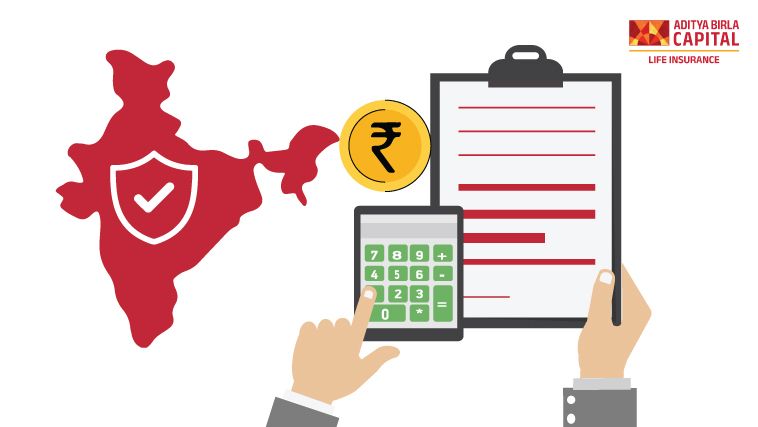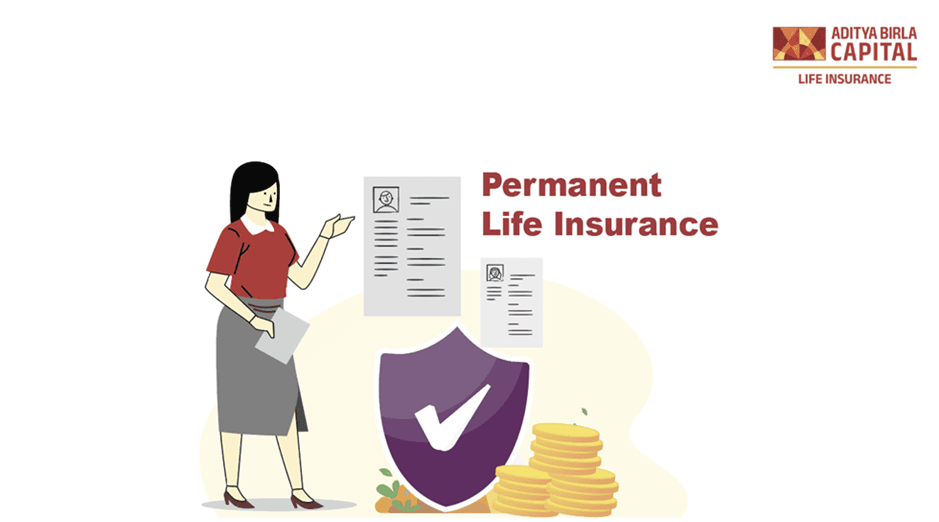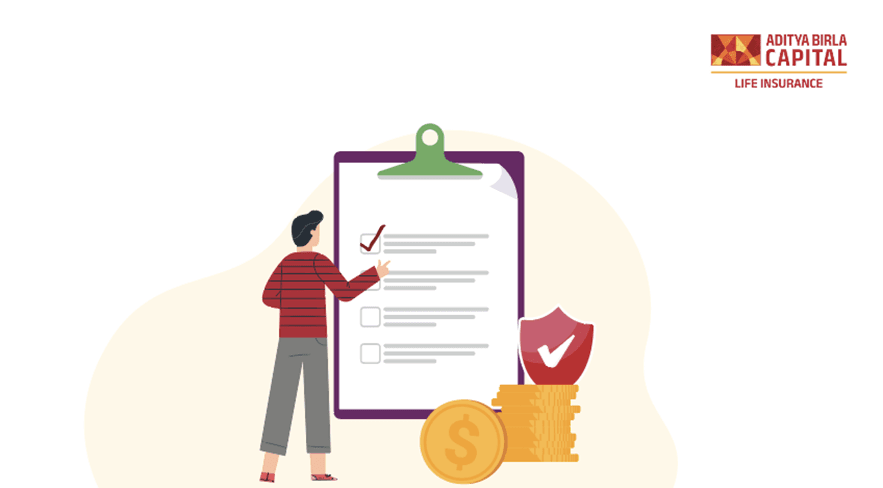How Does Life Insurance Work In India?

Plan Smarter, Live Better!


- Table of Contents
FAQs on Life Insurance Policy
The primary purpose of life insurance is to provide financial protection to your dependents in the event of your untimely demise. It ensures that your loved ones can continue to maintain their lifestyle, pay off debts, and achieve their financial goals even in your absence.
The amount of life insurance coverage you need depends on various factors, such as your income, expenses, debts, and future financial goals. A general rule of thumb is to have coverage equal to 10-15 times your annual income. However, it's essential to assess your individual needs and consult a financial advisor if necessary.
Life insurance premiums are determined based on factors such as your age, gender, health, lifestyle, coverage amount, policy term, and type of policy. Generally, younger and healthier individuals pay lower premiums, while older individuals and those with health issues pay higher premiums.
Yes, you can have multiple life insurance policies from different insurers or the same insurer. Each policy will be treated independently, and the combined coverage should align with your financial needs and goals.
The claim settlement process for life insurance policies in India involves the following steps: Intimation: The beneficiaries must inform the insurer about the policyholder's demise as soon as possible. Documentation: The beneficiaries must submit the necessary documents, such as the claim form, death certificate, policy document, and any other required documents. Verification: The insurer will verify the documents and assess the claim's validity. Payout: If the claim is approved, the insurer will pay the death benefit to the beneficiaries.
Yes, life insurance premiums paid for yourself, your spouse, or your children are eligible for tax$ deductions under Section 80C of the Income Tax$ Act, up to a maximum limit of INR 1.5 lakh per year.
Yes, you can change the beneficiary of your life insurance policy at any time during the policy term, provided the policy is not assigned or under a lien. You need to inform the insurer and complete the necessary documentation to make the change.
If you stop paying the premiums for your life insurance policy, the policy will lapse, and the coverage will cease. However, depending on the policy type and premium payment term, you may be eligible for a grace period or reduced paid-up status, allowing you to reinstate the policy or continue with reduced coverage.
Yes, you can take a loan against certain types of life insurance policies, such as whole life insurance, endowment plans, and money-back plans, provided they have acquired a surrender value. The loan amount and interest rate depend on the policy's terms and the insurer's guidelines.
Yes, you can surrender your life insurance policy before the end of the policy term, provided it has a surrender value. The surrender value depends on the policy type, premium payment term, and the number of premiums paid. However, surrendering a policy may result in a loss of coverage and financial benefits, so it's essential to carefully consider the consequences before making this decision.
Policy revival is the process of reinstating a lapsed life insurance policy by paying the due premiums along with any interest or penalty charges. To revive a lapsed policy, you must submit a revival application to the insurer, pay the outstanding premiums, and provide any required documentation or medical reports. The insurer may accept or reject the application based on their underwriting guidelines.
Depending on the insurer and policy type, you may be able to switch between different life insurance plans, such as changing from a term life insurance policy to a whole life insurance policy or switching investment funds within a ULIP. Switching plans may require additional documentation and may impact your coverage, premiums, and benefits. It's essential to carefully review the terms and conditions and consult a financial advisor if necessary.
A rider is an optional add-on feature that can be attached to a life insurance policy to enhance coverage and benefits. Common riders include critical illness, accidental death, and disability riders. Riders usually come with an additional premium and can provide supplementary financial protection in specific situations.
Yes, you can transfer your life insurance policy to another person through a process called policy assignment. The policyholder (assignor) transfers the ownership and benefits of the policy to the new policyholder (assignee) by completing the necessary documentation and obtaining the insurer's approval. The assignee then becomes responsible for paying the premiums and receiving the benefits of the policy.
Buy ₹1 Crore Term Insurance at Just ₹465/month*
ABSLI Super Term Plan
Term plan designed for salaried individual.
3 Plan Options
Health Management Service Worth ₹46000
100% return of premium
Life Cover
₹1 crore
Premium:
₹465/month*
Most Popular Calculator
#Provided all due premiums are paid.
In the Unit Linked Policy, the investment risk in the investment portfolio is borne by the Policyholder.
$Tax benefits are subject to changes in tax laws. Kindly consult your financial advisor for more details.
ADV/8/23-24/1554







